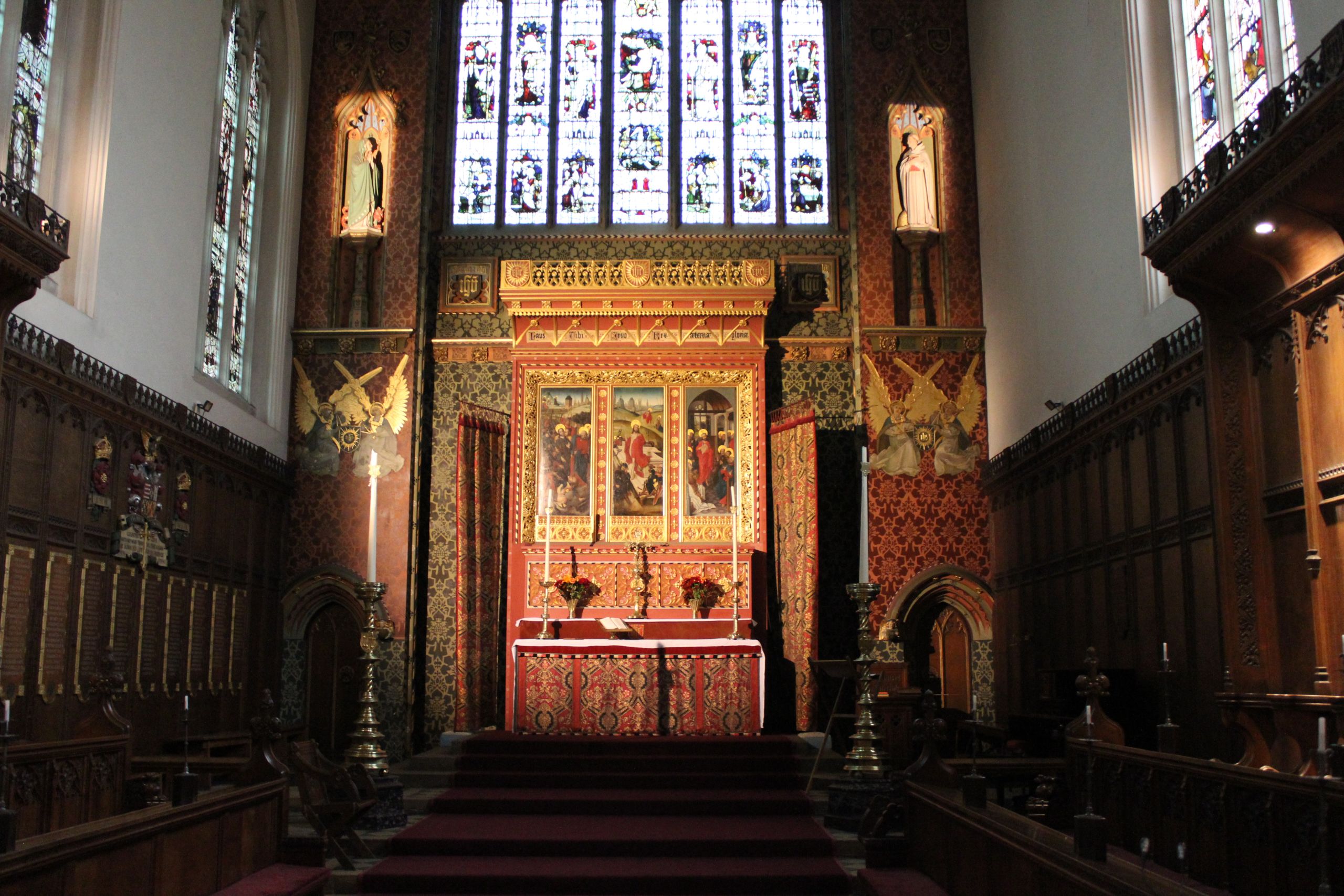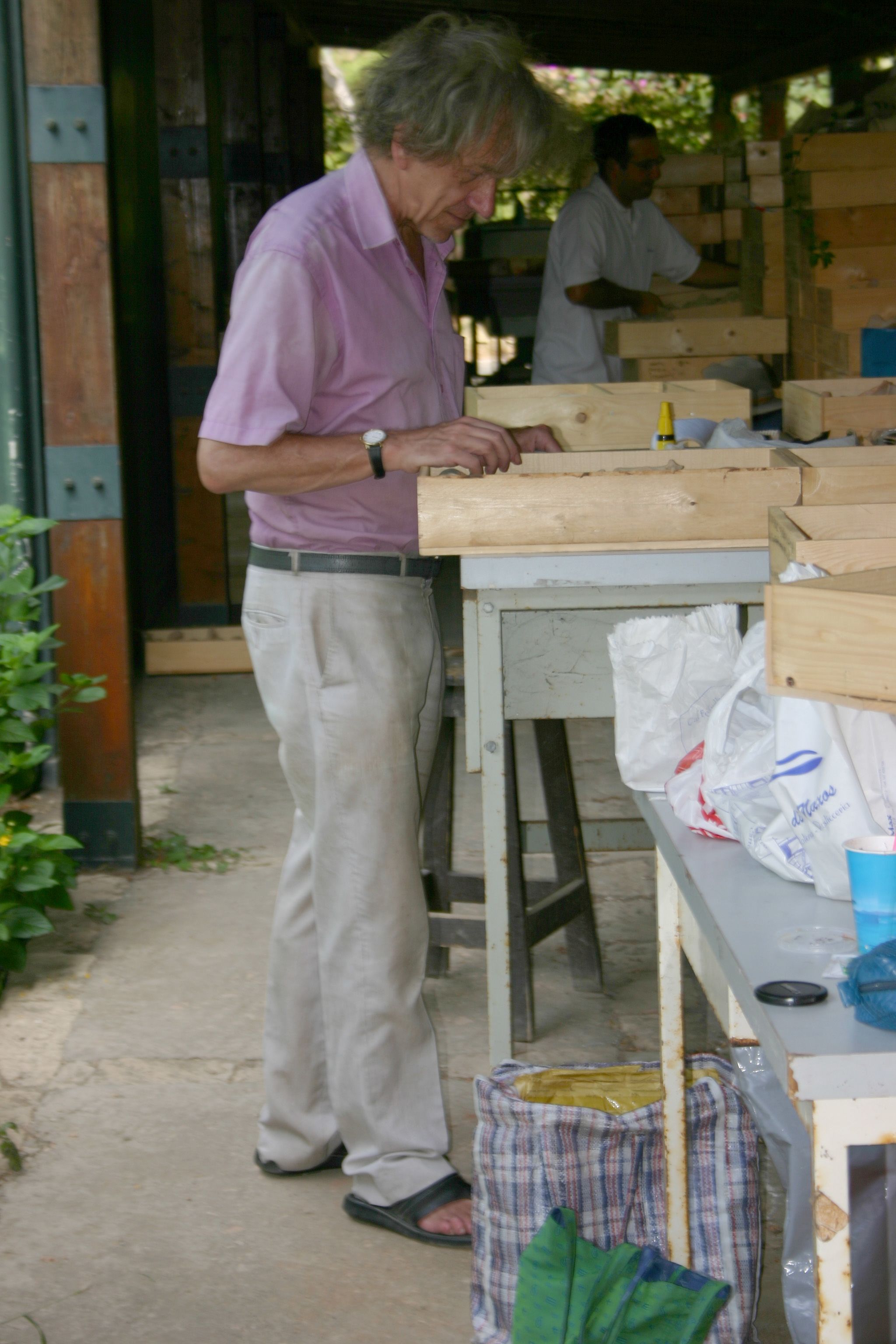John Hayes (1975)
1938-2024

With the death of Dr. John Hayes, the world of Mediterranean archaeology has lost one of its most influential characters. Hayes was not an excavator but a specialist in the study of finds, his primary field being the pottery of the Greek and Roman periods.
Only son of Eric and Eva Hayes of Kingston-upon-Thames, John went to Kingston Grammar School and then to Queen’s College Cambridge (to which he won an Entrance Scholarship), where he read Classics. He became interested in archaeology while still at school, and participated in the excavations of Professor Sheppard Frere at Verulamium (St. Albans).
After completing his degree in 1960, he was engaged in the following four years on research for his PhD on ‘Late Roman pottery in the Mediterranean’ under the supervision of Professor Jocelyn Toynbee. He was supported in this period by various awards, including a Walston Studentship at the British School at Athens. There, he worked with the American excavators in the Athenian Agora, and the resulting thesis was extended and published in 1972 as Late Roman Pottery. In this work, Hayes showed the extraordinarily wide range of his travels, personally inspecting potsherds in countless museum displays and excavation stores. Because the Mediterranean was such a highway for trade and communication during Classical times, these wares travelled very widely, and it was Hayes who for the first time brought together independent studies from as far apart as Eastern Turkey, Western Italy and Central Tunisia and showed that they related to the same material. His publication provided, for the first time, an intelligible common vocabulary for describing these wares.
Hayes was facilitated in the revision of his thesis by the tenure in 1964–66 of a Sir James Knott Research Fellowship at the University of Newcastle-upon-Tyne, and in 1967–68 he held, briefly, his only teaching post as a visiting lecturer at Yale University. In 1968 he joined the staff of the Royal Ontario Museum in Toronto, and there spent the rest of his professional employment, rising to the position of Curator of the Greek and Roman Department. While in Toronto, he published a succession of catalogues of the museum’s collection, ranging from Greek, Etruscan and Roman pottery to ancient lamps, metalware and glass. He left Toronto in 1991 and moved permanently to Oxford, where he continued to practice as a freelance specialist.
During his working life he was involved in projects in Tunisia (Carthage), Libya (Tocra, Apollonia), Egypt (Alexandria, Red Sea ports), Israel (Jerusalem), Lebanon (Beirut), Cyprus (Paphos, Kourion), Turkey (Istanbul, Troy), Greece (Athens, Isthmia, Sparta, Nicopolis, Mytilene), Croatia (Adriatic Islands Project) and several sites in Italy. After 1968, Hayes did not hold a teaching post, but he was an exemplary and generous teacher. On any site that he visited, instantly recognizable for his wild and bushy hair, he was open and free with his vast knowledge and advice, and was always approachable. Over the course of his life, his standing was recognized and celebrated through a number of memberships and awards. He was a Fellow of the Society of Antiquaries of London and of the Royal Society of Canada. He was a Corresponding Member of the German Archaeological Institute and in 1990 (at the unusually young age of 52) received the Gold Award of the Archaeological Institute of America for Distinguished Archaeological Achievement.
Hayes never married and, himself an only child, had no close relations. He devoted himself entirely to his chosen field of study, and will be remembered with both admiration and affection by colleagues in many different countries.
Philip Kenrick
